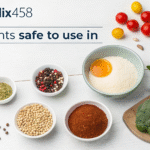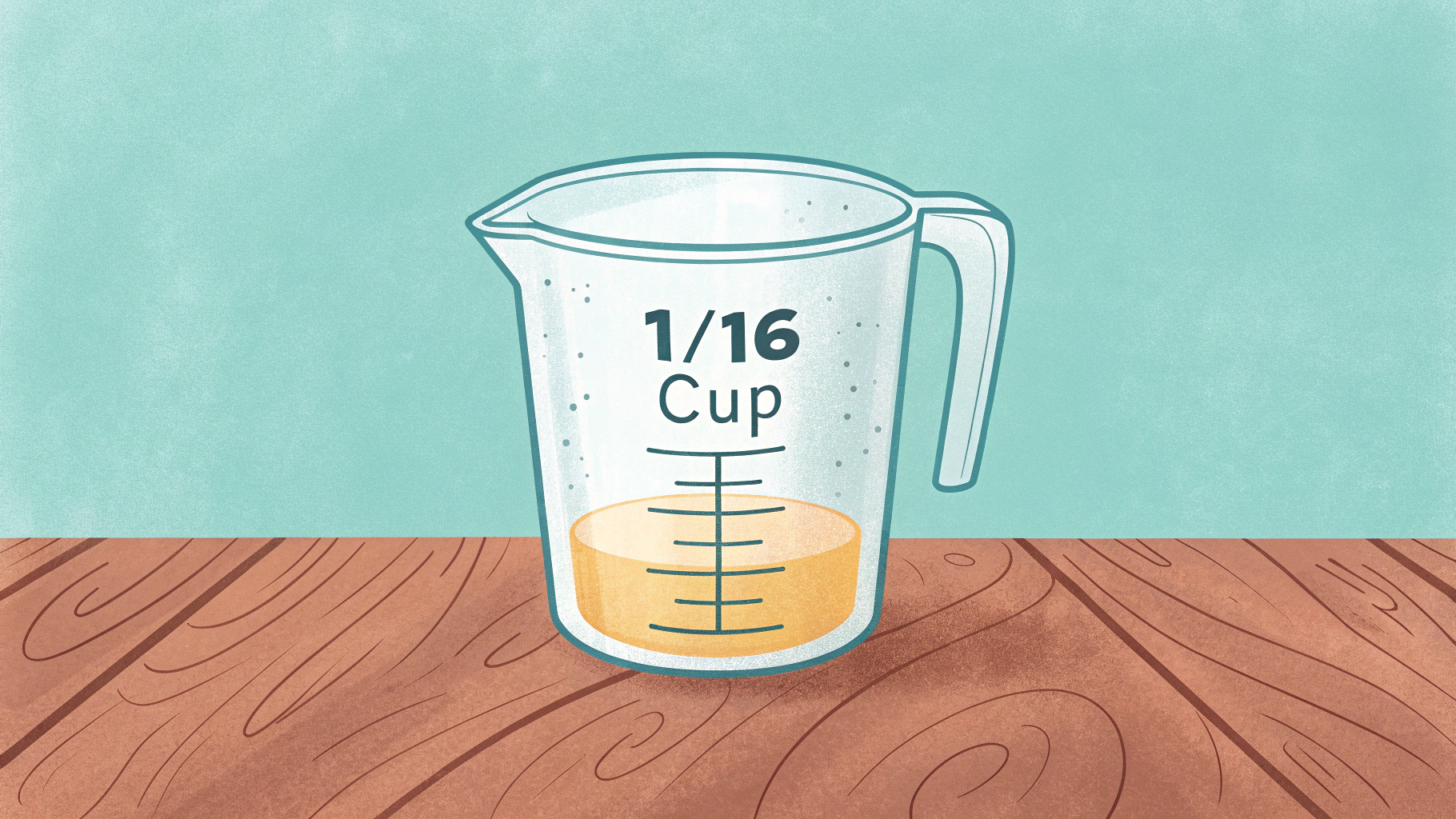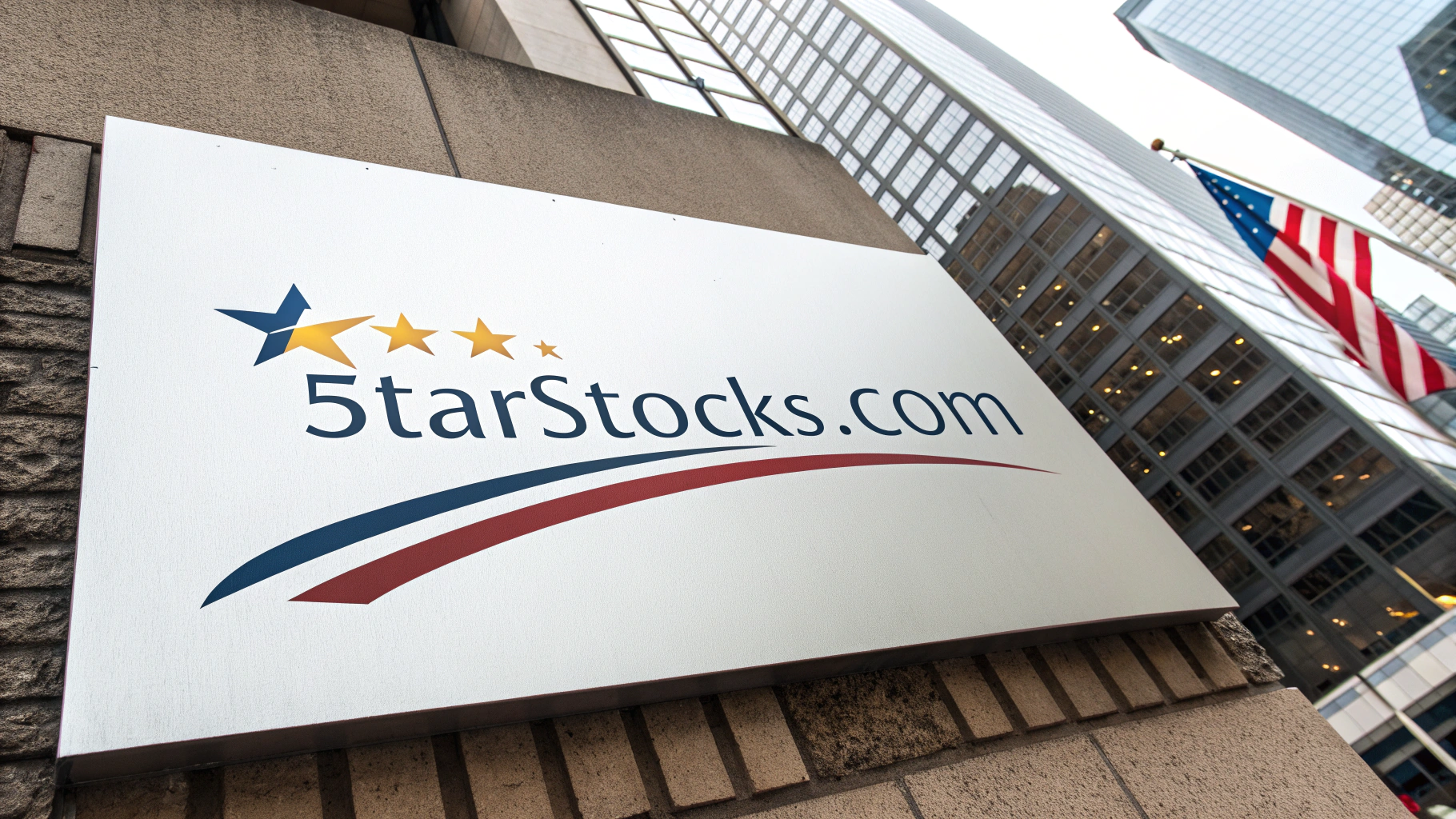In cooking, baking, and measuring ingredients, understanding measurement abbreviations is very important. One such uncommon yet useful measurement is 1/16 of a cup. While recipes often use standard amounts like cups, tablespoons, and teaspoons, sometimes they require very small quantities that need accurate conversion.
Knowing the abbreviation for 1/16 of a cup can help you avoid confusion and ensure the perfect outcome for your dishes. It’s especially helpful when you are scaling recipes up or down, working with spices, or creating small batches of sauces and dressings.
In this article, we will discuss what 1/16 of a cup means, its abbreviation, conversions, and practical uses in the kitchen.https://www.tanzohubs.com/ac-repair-hvacinriverview-com/
What Does 1/16 of a Cup Mean?
1/16 of a cup is a very small quantity, often used in recipes for strong spices, baking powder, yeast, or concentrated flavorings. In standard measurement, 1/16 of a cup equals 1 tablespoon. Understanding this equivalence can make cooking much easier when you don’t have special measuring tools for fractional cups.
Abbreviation for 1/16 of a Cup
In most kitchen contexts, there is no universal abbreviation specifically for “1/16 of a cup.” Instead, recipes usually convert it to 1 tbsp (tablespoon). The common abbreviations are:
- c for cup
- tbsp or T for tablespoon
Therefore, 1/16 of a cup is often written as 1 tbsp in recipes rather than showing it in fraction form.
Converting 1/16 of a Cup into Other Units
Here’s how 1/16 of a cup can be converted into other common measurements:
- 1/16 cup = 1 tablespoon (tbsp)
- 1 tablespoon = 3 teaspoons (tsp)
- 1 tablespoon ≈ 15 milliliters (ml)
These conversions are useful when you follow recipes from different countries, as some use metric measurements while others use the U.S. customary system.
Why Use 1/16 of a Cup in Recipes?
Recipes use small measurements like 1/16 of a cup when dealing with strong flavors or powerful ingredients. Examples include cinnamon, baking soda, chili powder, or extracts like vanilla. These amounts help keep flavors balanced without overpowering the dish.
Measuring 1/16 of a Cup Without Special Tools
If you don’t have a measuring cup that shows 1/16, the easiest way is to use a tablespoon. Since 1/16 of a cup equals exactly 1 tablespoon, you can simply measure with a standard tablespoon from your kitchen utensil set.
Practical Uses in Cooking and Baking
You might see 1/16 of a cup used for:
- Adding baking powder or baking soda to baked goods
- Measuring oil or butter for a small recipe
- Portioning strong spices like paprika or cayenne
- Adding sugar or salt in small-batch cooking
These uses ensure that the flavor is balanced and the texture of the dish turns out just right.
Tips for Accurate Small Measurements
Small amounts require extra attention because even slight variations can change the taste or texture of a recipe. Here are tips for accuracy:
- Level off your tablespoon with a knife for dry ingredients.
- Use liquid measuring spoons for oils or extracts.
- Always check the recipe’s measurement system (US vs. metric).
Metric vs. US Measurement Differences
The U.S. tablespoon is slightly different from the metric tablespoon https://fr.wikipedia.org/w/index.php?search=metric+tablespoon&title=Sp%C3%A9cial%3ARecherche&ns0=1. In the U.S., 1 tablespoon is about 14.79 ml, while in the metric system, it’s exactly 15 ml. This small difference is usually not noticeable in most recipes, but in baking, accuracy matters.
Importance of Understanding Abbreviations in Recipes
Abbreviations like c, tbsp, and tsp make recipes easier to read but can cause confusion if you don’t know them. Knowing that 1/16 c = 1 tbsp allows you to quickly adjust recipes without guessing.
Conclusion
Understanding 1/16 of a cup and its abbreviation is a small yet important part of mastering kitchen measurements. Since it equals 1 tablespoon, knowing this conversion makes following recipes easier and more accurate.
Whether you are working with spices, baking ingredients, or liquids, precision in small measurements helps keep flavors balanced and textures perfect. Being familiar with common abbreviations like c, tbsp, and tsp also saves time and prevents cooking mistakes.
This knowledge is useful not only for home cooks but also for professional chefs who value consistency. In short, understanding 1/16 of a cup makes you more confident and efficient in the kitchen.https://www.tanzohubs.com/mywebinsurance-com-business-insurance/
FAQs
1. What is the abbreviation for 1/16 of a cup?
There is no unique abbreviation for 1/16 of a cup, but it is commonly shown as 1 tbsp in recipes.
2. How many tablespoons are in 1 cup?
There are 16 tablespoons in 1 cup, which is why 1/16 of a cup equals 1 tablespoon.
3. How many teaspoons are in 1/16 of a cup?
There are 3 teaspoons in 1/16 of a cup, since 1 tablespoon equals 3 teaspoons.
4. Is 1/16 of a cup the same as a tablespoon?
Yes, in U.S. measurements, 1/16 of a cup equals exactly 1 tablespoon.
5. How do I measure 1/16 of a cup without a measuring cup?
You can measure it using 1 tablespoon from a standard measuring spoon set.
6. What is 1/16 of a cup in milliliters?
It is about 15 ml in the metric system, or 14.79 ml in U.S. measurements.
7. Why do recipes use 1/16 of a cup instead of just saying 1 tablespoon?
Some recipes use fractional cup measurements for consistency with other listed amounts, but many simply say “1 tbsp” instead.
8. Can I use a regular spoon to measure 1/16 of a cup?
While possible, it’s better to use a proper measuring spoon to ensure accuracy.
9. Is the abbreviation tbsp the same worldwide?
Mostly yes, though some countries prefer “T” or write it in lowercase as “tbsp.”
10. Does 1/16 of a cup change in baking vs. cooking?
No, the measurement stays the same, but baking often requires more precision when measuring small amounts.










